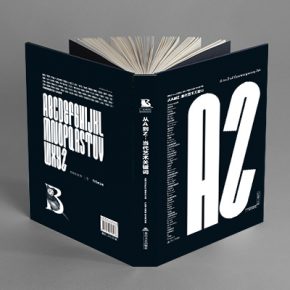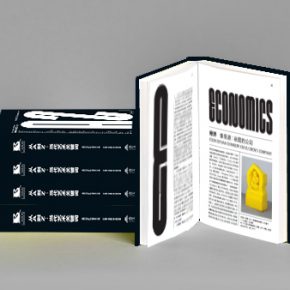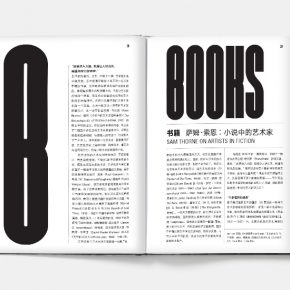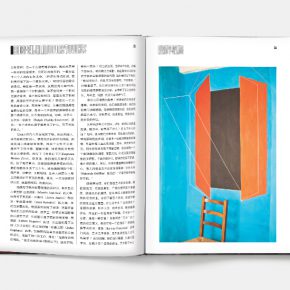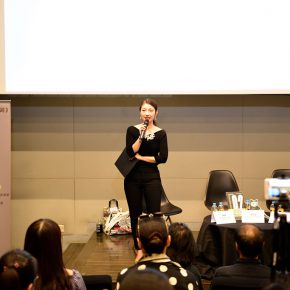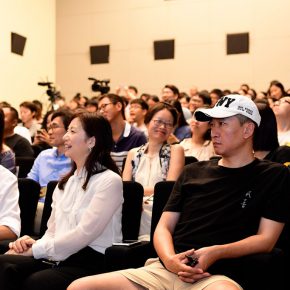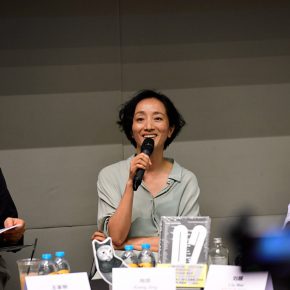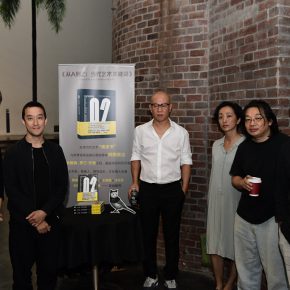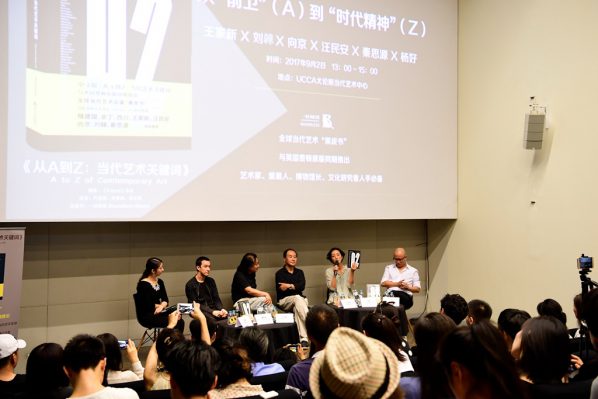
Founded in London in 1991, “Frieze” is an internationally recognized authoritative magazine within the contemporary art field, focusing on the works and criticism of most important contemporary artists and critics, and an important window to understand the frontier of the contemporary art scene and research. On the afternoon of September 2, 2017, “A to Z of Contemporary Art” in Chinese had a book launch at the Ullens Center for Contemporary Art in Beijing. It was published by Yihao Reading, and the original piece was published by Phaeton in the UK at the same time, integrating the works, stories and comments as a trinity, bringing together a collection of the most wonderful articles of the world’s top art journal “Frieze” since it was founded. The book is arranged in alphabetical order, with a text of 27 million words, and more than 150 pieces of high-definition original photos which explore 59 contemporary topics, involving about 700 contemporary artists, art critics, writers, art scholars and curators.
On the same day, the organizer also held the forum on “From ‘Avant-Garde’ to ‘Spirit of the Times’, taking the publication and content of the book as an opportunity to invite the poet Wang Jiaxin, artist Liu Wei, artist Xiang Jing, scholar Wang Min’an, curator and critic Qin Siyuan, and Yang Hao, founder of the Yihao Reading for a cross-border dialogue on the issues involving art criticism and contemporary creation, contemporary art and social life, the status of the writing of Chinese art as well as the authority in criticism.
Speaking of the publication of “A to Z of Contemporary Art” in China, Colin Chinnery said that it was coincidental because contemporary art had experienced an enlightenment in the market and the economic crisis, and it had accumulated a group of collectors, curators, critics and artists, who really loved art, the flourish of private art museums, biennales and art fairs promoted contemporary art to develop towards a better ecology, but the ecology was also defective. Although there are many publications and writers in the field of contemporary art, these writings are both professional and active in the field of the profession, rather than a book that selects the overall appearance of contemporary art from a wider cultural atmosphere and social atmosphere, so that, “A to Z of Contemporary Art” emerges in the very nick of time. Wang Jiaxin also evaluated that the book touched the pulse of the times, and directly arrives at a sense of presence, rather than an abstract concept.
“A to Z of Contemporary Art” was published in China, directly reviewing and guiding the creation and writing of contemporary Chinese art, the forum also talked about the writing of contemporary Chinese art. The artist Xiang Jing said that the translation of the work was not only reflected in the English translated to Chinese but also reflected in the visual creation, and the image translated to the text, in addition, the modernity of China was almost like foreign aid, so that it had to use translation to describe the cultural problems. Contemporary Chinese art has developed for a short time and it is lack of writing, which should not be simply a translation of the work or creation, but the effective speech involving art history, artistic criticism and curating.
Colin Chinnery directly stated that although there were many people and platforms engaged in the writing in the Chinese contemporary art field, the real art criticism was absent, but Wang Min’an thought that the criticism of Chinese contemporary art has developed better than the criticism of other fields. Artist Liu Wei said that contemporary art creation and criticism was part of the soil, which led to the emergence of a fully Westernized state.
“A to Z of Contemporary Art” is a necessary “black book” of contemporary art, with a real presentation of the hottest artists including Andy Warhol, Damien Hirst, Tracey Emin, Gerhard Richter in the text also involving discussions on both social visual issues such as IKEA’s furniture, Apple’s interface, and the classic art topics involving avant-garde, style, ideology, religion, utopia and so on.
The publisher Yang Hao said that, it did not turn the publication to production, but created an interest, a taste, although “taste is not told”, all words are immersed in a silent state, passed to everyone that can hear and touch. It exists in the form of a ruin or a monumental form, allowing it to inherit, break, commemorate or submerge. Perhaps publishing is just this form of existence.
Text by Zhang Wenzhi, translated by Chen Peihua and edited by Sue/CAFA ART INFO
Photo by the organizer



